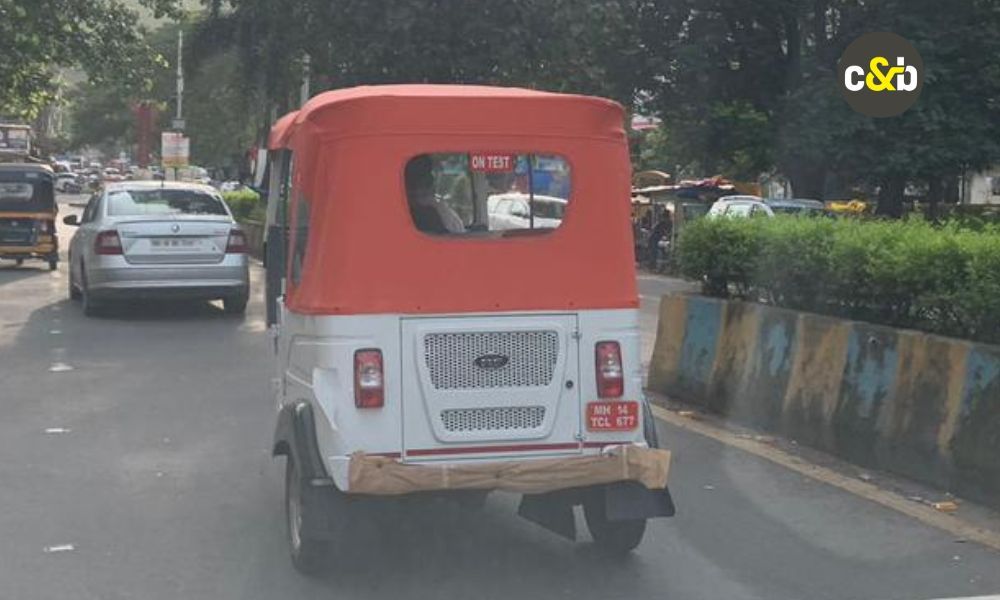Demand For Electric Rickshaws To Grow By 40 Per Cent In Tier 3 And Tier 4 Cities

Highlights
- Projected to register a CAGR of 31.8 per cent during the forecast period
- The successful penetration of EVs has been observed in Delhi, Maharashtra, Haryana, and Uttar Pradesh states across India
- According to industry estimates, there are currently 2.4 million e-rickshaws operating in India
The electric three-wheeler and electric rickshaw market is experiencing a surge in popularity and demand, particularly in tier 3 and tier 4 towns in India. Industry experts are projecting a substantial growth rate of 40% in this particular sector. Consequently, e-rickshaws are rapidly replacing traditional rickshaws in many smaller towns, with Punjab, Haryana, Uttar Pradesh, and Bihar emerging as key markets.
Also Read: RunR Mobility Unveils New HS e-Scooter With Up To 110 Km Range
The demand for electric rickshaws has witnessed a rise of approximately 38-40%. This shift can be attributed to initiatives in rural electrification and improved access to bank loans, facilitating the transition to e-rickshaws for rickshaw pullers. The E-rickshaw market is projected to register a CAGR of 31.8% during the forecast period, up from US $ 1.3 Billion in 2021 to reach a valuation of US $ 27.5 Billion by 2032.

According to industry estimates, there are currently 2.4 million e-rickshaws operating in India, and this number is expected to grow rapidly as the demand continues to surge. However, the market is currently dominated by unorganized players, holding a 70% market share, while organized players have yet to fully penetrate in the market. The current penetration level stands at around 40% due to factors such as limited awareness about the benefits of electric vehicles, infrastructure challenges in certain regions, and initial investment costs associated with transitioning to electric rickshaws.
Also Read: Enigma Announces Two New E-Scooters: The Crink V1 And GT450 Pro
One of the key factors driving the soaring demand for electric three-wheelers is their cost-effectiveness. With charging costs at around 10 paisa per km and operating expenses averaging less than 50 paisa per km, these vehicles present an attractive option for drivers and businesses.

The successful penetration of EVs has been observed in Delhi, Maharashtra, Haryana, and Uttar Pradesh states across India, with an equal number of towns ready to accept the EV revolution. E-rickshaws, with an average cost of 1 Lakh per unit, can be recovered within two years. The compact size, easy availability, and elimination of charging concerns have been driving the increasing popularity of electric rickshaws, cargo vehicles, and loaders.
Ayush Lohia, CEO of Lohia, highlights the need for a shift in demand toward organized players as the market matures, despite the existing challenges. The advantages of electric three-wheelers are evident, as they can comfortably transport up to 4 passengers, addressing the transportation needs of larger groups efficiently. Additionally, e-rickshaws offer a reliable solution for businesses requiring efficient logistics, with a significant load capacity of 300-350 kg.
Written by: - RONIT AGARWAL
Last Updated on May 30, 2023














